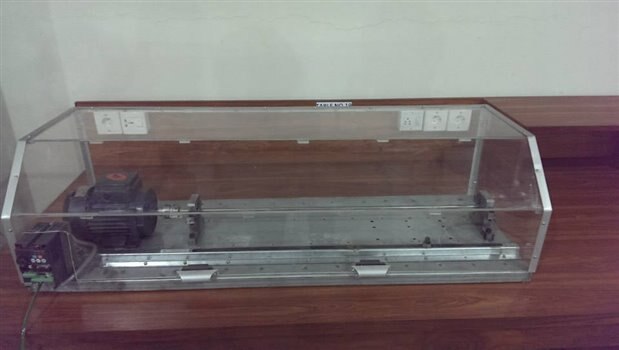http://uk.farnell.com/multicomp/mcpip-t30l-001/sensor-m30-pnp-shielded-no/dp/2218049
I just bought these, later did I found out that inductive proximity sensors can detect metal in close proximity rather than the distance. I wanted to know if it's possible to by any simple modifications to this sensor that may result in measuring distance. I want to measure displacements of a steel shaft from 0~10mm and I am unable to find a cheap non-contact sensor for that purpose.
I had a read here: Position – Sensor Solutions | DigiKey TechZone
"Inductive sensors use a coil to generate a high frequency oscillating magnetic field to detect metallic objects. When a metal target enters the sensing field, eddy currents are induced in the target, which reduces the signal amplitude and triggers a change of state in the sensor output."

